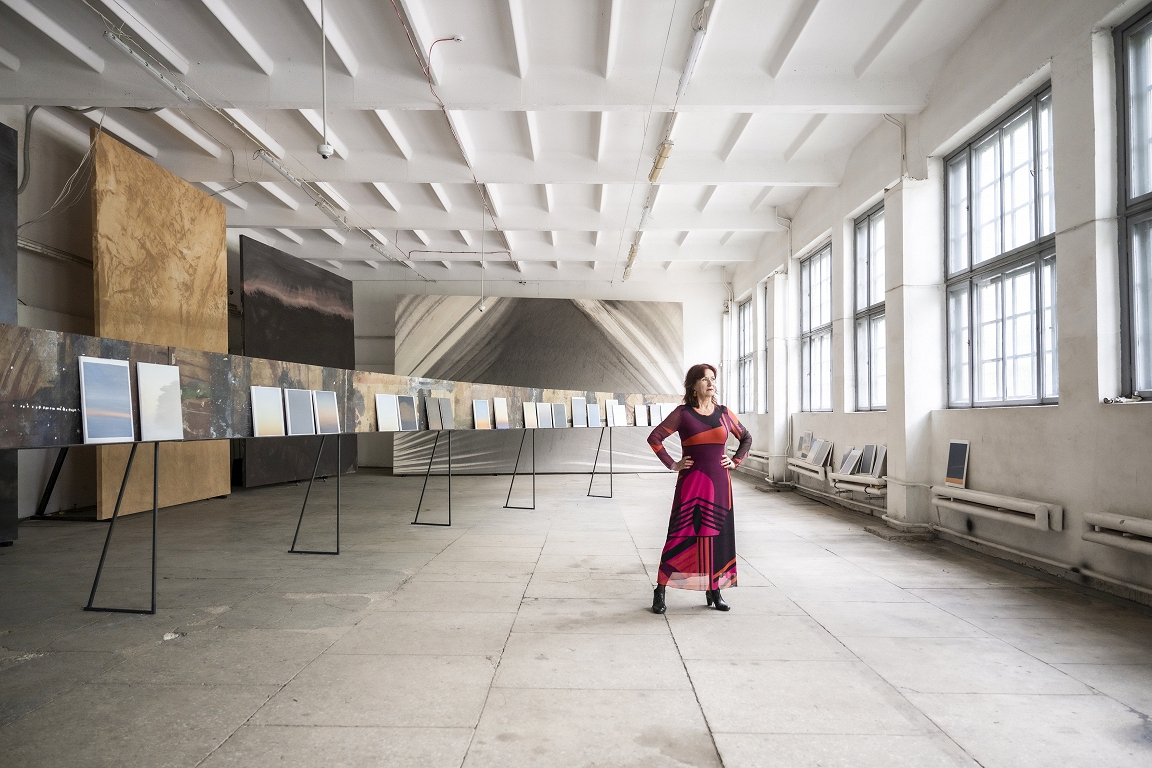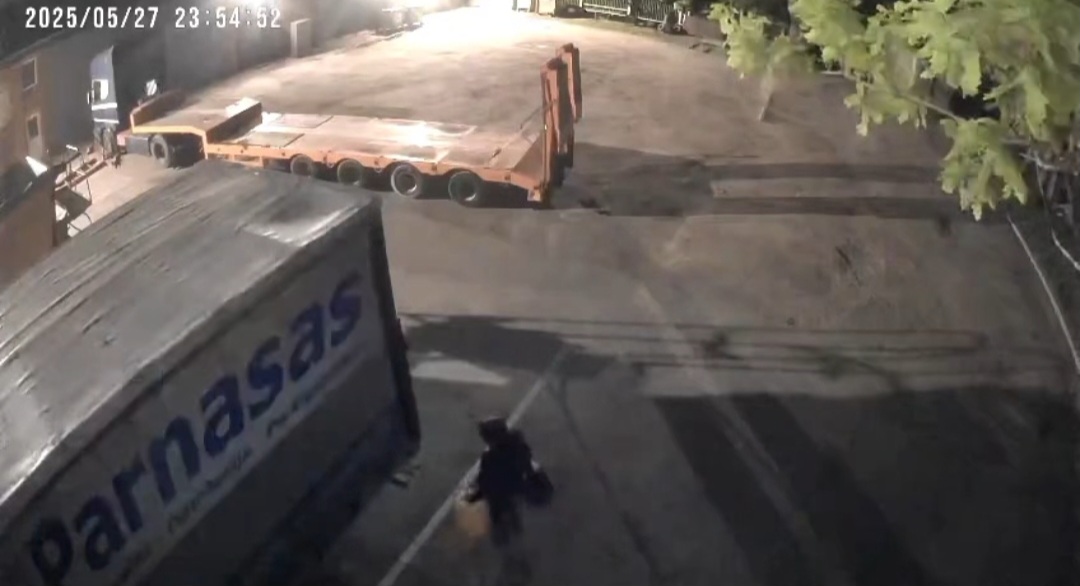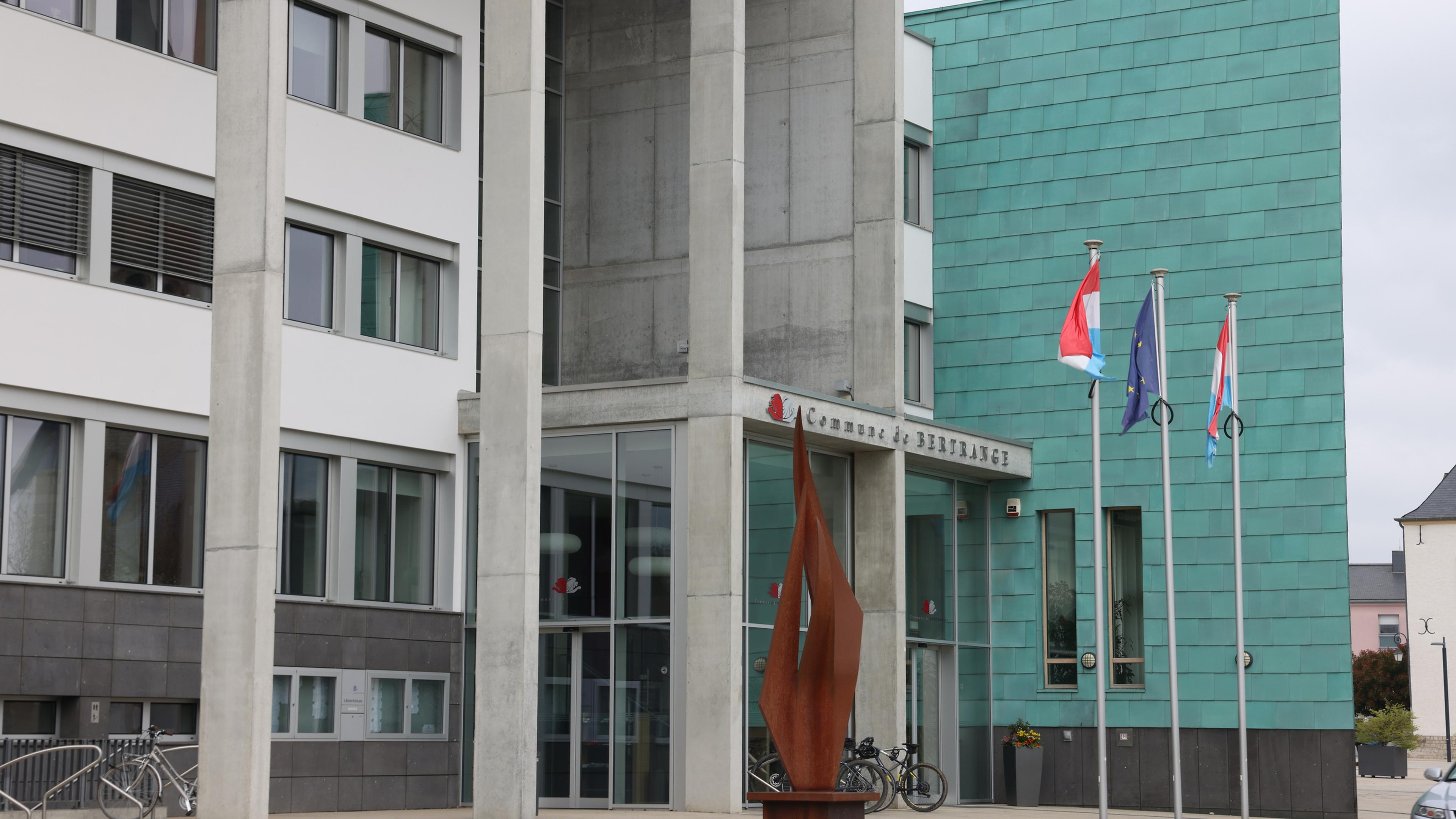When the people are revolted – The history of political demonstrations

Change is often presented as a gift given by the powerful, but it has to do greatly with the struggle and the sacrifice from the bottom.
From the Barons who put them with an arbitrary king to today's demands, the protest has changed the world.
Ancient Greece
Before democracy was developed in the heart of Athens, the political system was very different.
At that time, Athens was ruled by a group of people called lords or archives.
Members of these positions were aristocrats who used their position in power to benefit themselves and their families.
In other words, the system was corrupt and the people were finally bored.
In the end 508 BC, the people took to the streets to protest the system in the hope of revolutionizing Athens politics.
Shortly after the protests, the new system was born.
Early modern period
In the early modern period, the rise of mass political protests was observed, often in response to emerging political ideologies, the expansion of capitalism and colonialism.
English Civil War (1642-1651)
The political turmoil for the power of the monarchy, taxation and religious freedoms has led to extensive protests and armed conflicts.
French Revolution (1789-1799)
One of the most famous and influential political protests in history, caused by social inequality, economic crisis and frustration for authoritarian monarchy. The raid on Bastille became a symbol of the revolution.
19th century
The 19th century saw the rise of political ideologies such as liberalism, socialism and nationalism, which gave rise to various protests and revolutions.
The paper movement (1838-1850)
In Britain, the working class began to push for democratic reforms, such as universal vote, secret ballot and the improvement of working conditions. Although these protests were largely non -violent, they were treated with government repression.
20th century
In the 20th century there was a significant increase in the scale and range of demonstrations, riots and political movements, mainly due to industrialization, the expansion of the right to vote and the rise of new ideologies such as communism and fascism.
Russian Revolution (1917)
The February 1917 Revolution and the October Revolution later were caused by the poverty of the Russian people, the failure of the Tsarist regime and the pervasive discontent for World War I. This resulted in the overthrow of Tsar and the rise of the Bolsheviks' power under Vladimir Lenin.
Political Rights Movement (1950-1960)
In the United States, the struggle for racial equality had protests, marches and important events such as the Washington (1963) march and the marches from Selma to Montgomery (1965).
Personalities such as Martin Luther King Junior became emblematic leaders of peaceful protest against racial separation and discrimination.
Protests of 1968
Year of the world demonstrations, with significant riots in France, the United States (including demonstrations against the Vietnam War) and Czechoslovakia (Prague Spring).
In the US, at the Democratic National Congress in 1968 there were violent clashes between police and anti -war protesters.
One of the manifestations of this period was the uprising of the Technical University that played a crucial role in the overthrow of the junta in 1974.
Movement against apartheid (1948-1994)
Protests against the system of racial separation and discrimination in South Africa have gained worldwide attention.
Nelson Mandela and others led demonstrations that eventually contributed to the abolition of apartheid in the 1990s.
Late 20th century to the beginning of the 21st century
At the end of the 20th and early 21st centuries, protests around the world continued, often associated with globalization, neoliberalism and the struggle for democracy.
The slaughter on Tiananmen Square (1989)
In China, students and citizens gathered for demonstrations in favor of democracy. The Chinese government suppressed a violent attack, resulting in hundreds or even thousands of dead. The emblematic image of a man standing in front of a series of tanks became a symbol of provocation.

China, Beijing, April-June 1989
Tiananmen Square Protests.
Chine, Pékin, Avril-Juin 1989
Manifestations de la Place tian'anmen.
Manuel Vimnet / Agency VU
Arab Spring (2010-2012)
Starting from Tunisia, protests spread throughout the Arab world, including in Egypt, Libya and Syria. Many of these uprisings were fueled by frustration with authoritarian regimes, corruption and bad economic conditions.
Some have led to regimes, while others to civil wars such as in Syria.
Occupy Wall Street (2011)
A global movement against economic inequality, corporate greed and influence of money on politics, which started in New York and spread worldwide.

Source: Newsweek
The slogan « We are 99% » symbolized the movement's opposition to the concentration of wealth.
Protests and uprisings of the 21st century
In modern times, mass protests and uprisings that are led by a series of issues continue.
Black Lives Matter
On the occasion of the death of Trayvon Martin and the subsequent acquittal of his killer, the Black Lives Matter movement has evolved into a worldwide protest against police violence, systemic racism and the disproportionate treatment of blacks in the US and worldwide.
Protests intensified after events such as George Floid's death in 2020.
Climate strikes
Led by personalities such as Greta Thounberg, the strikes under youth -led climate demanded urgent action for climate change.
The World Movement Fridays for Future supports policies to tackle the environmental crisis.
Anti -government protests
Countries such as Belarus, Myanmar and Iran have experienced significant protests, with people demanding more democratic governance, human rights protection and, in some cases, the resignation of authoritarian leaders.

Route for Tempi, 28 February 2024
Today
Riots and political protests have shaped and reshaped societies throughout history.
Today, the rise of social media has influenced political protests worldwide in a variety of ways, giving a new dimension to the forms and dynamics of movements.
From the beginning of the 2000s onwards, platforms such as Facebook, Twitter, Instagram, and Tiktok have become an integral part of social movements.
Social media has become an important tool of political protests for both the organization and the immediate recording of state repression.













